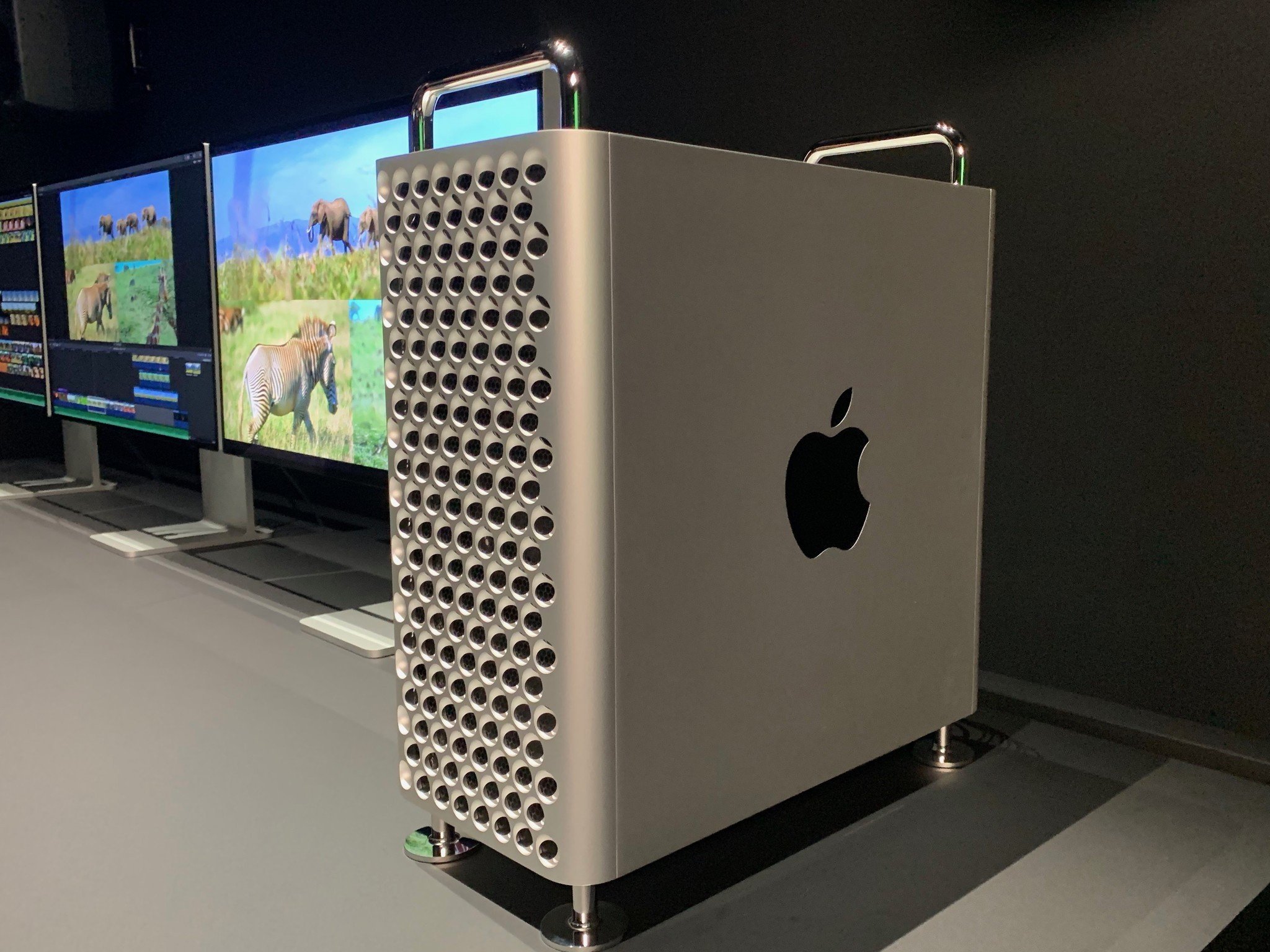Mac Pro, reviewed by someone who needs one – a mechanical and aerospace engineer

What you need to know
- Dr. Craig Hunter is a developer as well as a mechanical and aerospace engineer.
- He's been putting a $30,000 Mac Pro through its paces.
- Testing included complex scientific calculations that make your head hurt.
Since Apple started seeding Mac Pros to people for testing we've been seeing a steady feed of hands-on videos and early reviews. And while most of those seem to have come from people that need to handle massive numbers of audio tracks, or create amazing 3D worlds, there's another group that could benefit from huge globs of CPU power. Engineers and scientists.
Dr. Craig Hunter falls into that camp, and as spotted by John Gruber, he's been testing a 28-core, $30,000 Mac Pro by putting it through the computational grinder. And boy does it seem to be living up to the hype. Especially compared with an 18-core iMac Pro.
The monstrous weight and visual impact of the Mac Pro is matched by its performance. Right out of the box, I ran a LINPACK benchmark and saw over 1.5 teraflops of CPU performance. For comparison, that's over 55% greater performance than the 18-core iMac Pro I reviewed in 2018. Results are shown below. For this test, the LINPACK benchmark solved a dense system of 15,000 linear equations (by LU decomposition with partial pivoting, for you Richard Crandalls out there) using Intel's Math Kernel Library benchmark code. Whereas the iMac Pro tops out at 970 gigaflops with all 18 cores, the Mac Pro surpasses that level with just 13 cores and goes on to top out at 1.5 teraflops on 28 cores.
Sounds good, right? It continues.
Next, let's look at an engineering benchmark, using computational fluid dynamics (CFD) for aerodynamic analysis. For this work, I used the USM3D CFD solver available from NASA to study flow over the ubiquitous NACA 0012 airfoil shape. Results show USM3D hitting 62 gigaflops using all 18 cores on the iMac Pro. The Mac Pro passes that level with 11 cores and runs up to 88 gigaflops on 28 cores -- a 42% increase in performance.
Awesome. But while benchmarks have their place, what about something a little more real world. Or, at least, real world for people who spend their days modeling things like the impact of wind on structures. Hunter decided that should be done by "analyzing the uplift loads due to hurricane-force winds acting on different types of open roof structures (open roofs could represent marine structures, pole barns, picnic shelters, etc)". Sounds...fun?
Normally these kinds of computations would cost huge sums of money every time they're done, but if you buy a Mac Pro, you can do them over and over again without spending anything after the initial outlay. A point Hunter makes well.
Now, ordinarily these computations are run on a supercomputer and cost thousands of dollars per solution, or you'd need to build a cluster for $15-20K or more. But with 28 cores and the ability to handle up to 1.5TB of memory, the Mac Pro is a competitive alternative. To test that, I ran a wind simulation case on the Mac Pro and was able to obtain a converged solution in just 42 minutes, which puts the Mac Pro in a very productive club and justifies the high cost of the machine. A $20-30K Mac Pro doesn't make sense for very many computer users, but an engineering firm would get their money's worth out of the machine in short order.
Once again we're reminded that while I don't need a Mac Pro to write this, some people, somewhere, do need one to get their work done. And it's those people who can justify spending $30,000 on a new machine.
I guess I need to learn how to do this stuff so I can buy a Mac Pro.
iMore offers spot-on advice and guidance from our team of experts, with decades of Apple device experience to lean on. Learn more with iMore!

Oliver Haslam has written about Apple and the wider technology business for more than a decade with bylines on How-To Geek, PC Mag, iDownloadBlog, and many more. He has also been published in print for Macworld, including cover stories. At iMore, Oliver is involved in daily news coverage and, not being short of opinions, has been known to 'explain' those thoughts in more detail, too.
Having grown up using PCs and spending far too much money on graphics card and flashy RAM, Oliver switched to the Mac with a G5 iMac and hasn't looked back. Since then he's seen the growth of the smartphone world, backed by iPhone, and new product categories come and go. Current expertise includes iOS, macOS, streaming services, and pretty much anything that has a battery or plugs into a wall. Oliver also covers mobile gaming for iMore, with Apple Arcade a particular focus. He's been gaming since the Atari 2600 days and still struggles to comprehend the fact he can play console quality titles on his pocket computer.
